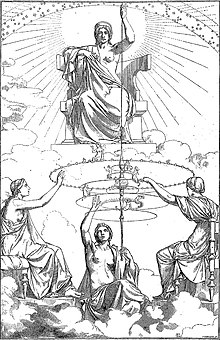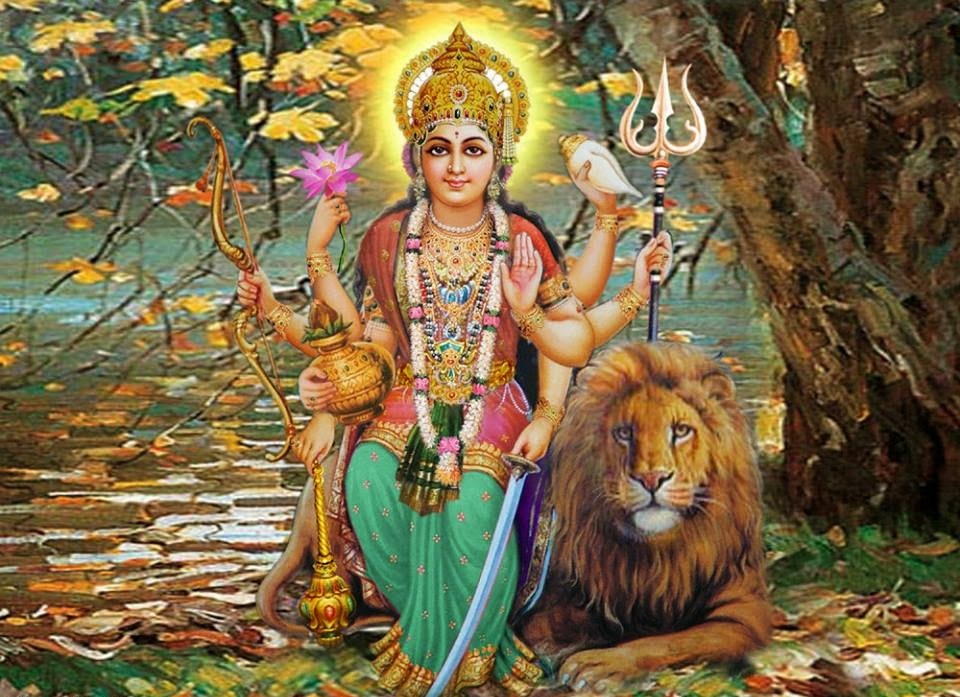In Dutch language a 'century' is eeuw and a 'lion' is a leeuw, being practically the same as sound L is a soft consinant. Same in Frisian with iuw and liuw. In Oera Linda book they are HVNDRED/HONDRED/100 JÉR and LAVWA/LÁWA.
Somewhat correspondingly in Finnish Bock family saga a lion or a lion-man (as in Finnish coat of arms) is the symbol for the leading chief Finn called Ukko or Per (cf. Bergelmir, Perkunas etc) and his rule is called period, or Per i Od[enmaa]. This is also the same time unit for the coastal castle in Raseborg being stocked with gifted and collected goods (gold, silver, jewels, artifacts, art pieces) and then put into permanent storage vault in the underground Pohja tunnel museum system in the same Uusimaa coastline. The Old Norse speakers knew this castle narrative as the anonymous castle of Uusimaa coastline (Bálagarðssíðu) in ch. 2 of Þorsteins þáttr bæjarmagns and the underground cave tunnel thing as corresponding Grund of Odainsakr (ie. Pohja of Odenmaa) in Hervarar Saga og Heiðreks.
The lion or lion man association checks out via the Egyptian Atlas association with a lion (Shu), plus the medieval Hindu war history of installing a magnetically levitating lion-man (Nrhari, Narahari) deity image into Finland: Realm of Amazons <-> Baltic Sea Terra Feminarum of Adam of Bremen and Amazon islands and Magus of al-Idrisi; Uttarakuru <=> Old Norse Ódáinsakr and corresponding Finnish Odenmaa. Wikipedia tells of this lion-man image: "he is known as Kala (time) or Mahakala (great-time), or Parakala (beyond time) [...] Time in the personified form, and Time is not bound by anything, and Time does not show mercy, nor does it wait for anything or anyone". In a century most humans will perish (a pun), with those surviving into the 100s, 110s and 120s being rather rare cases amongst us.
Old Norse Freyja, called Aino or Freija in Bock family saga and Frya in Oera Linda book, famously has a legendary chariot pulled by two cats. Frisian Frya has lions lying down at her feet. Therefore, methinks the Dutch and Frisian lion-century association is not necessarily a coincide.
Image: Kaart van de Nederlanden in de vorm van de Hollandse Leeuw, 1598, Joannes van Doetechum (II), 1598 (Rijksmuseum).
A century and a lion
Re: A century and a lion
The word is ÉW (Dutch: eeuw), used 2 times.
Plural would be ÉWA, but is not used meaning 'centuries'.
ÉVG (eternally; Dutch: eeuwig) 11x;
ÉVGE (eternal; Dutch: eeuwige) 3x;
ÉVGHÉD (eternity; Dutch: eeuwigheid) 1x.
-
MelissaePhylax
- Posts: 3
- Joined: 11 Jan 2024, 04:24
Re: A century and a lion
In his highly speculative reconstruction of Mithraic cosmogony, Franz Cumont positioned Aion as Unlimited Time (sometimes represented as Saeculum, Cronus, or Saturn) as the god who emerged from primordial Chaos, and who in turn generated Heaven and Earth. Modern scholars call this deity the 'leonto‑cephaline' figure – a winged, lion-headed, nude male, whose torso is entwined by a serpent. He typically holds a sceptre, keys, and / or a thunderbolt. Nobody knows for sure who he was or what he represented, but aside from the lion-head, depictions of him have Aion's icons; in rare instances, his statue appears in mithrea with the human head, and with the lion-head gone, he is indistinguishable from Aion.[7]: 78


The Orphics sometimes merged Khronos/Aeon with the creator-god Phanes.
In Orphic literature, Phanes was believed to have been hatched from the world egg of Chronos and Ananke...

Jacob Bryant's Orphic Egg (1774) with Ananke
More interestingly...
__________________________________________________________
In ancient Greek religion, Ananke (/əˈnæŋkiː/; Ancient Greek: Ἀνάγκη), from the common noun ἀνάγκη ("force, constraint, necessity" NOTE:THIS WORDS ETYMOLOGY IS NOT KNOWN), is the Orphic personification of inevitability, compulsion and necessity. She is customarily depicted as holding a spindle. One of the Greek primordial deities, the births of Ananke and her brother and consort, Chronos (the personification of time, not to be confused with the Titan Cronus), were thought to mark the division between the eon of Chaos and the beginning of the cosmos.
What's additionally interesting that though Gaia is familiar to many in Greek mythology as a personified earth the word itself is most likely a loan word with differing theories regarding its precise origin into the language however most indo European languages do concur with something having properties of earth or from earth or just earth in general do to various ge- gi- gy- gu- style words or prefixes. Obviously some of these involve gy-words referring to things such as gyro which everyone should be familiar with, or guros, Greek for circle. Which are very Similar to words like guja of South Slavic origin meaning serpent (гу́я) or used as an adjective to slither or move as a snake does(as a plural noun) necessities
τα απολύτως αναγκαία της ζωής ― ta apolýtos anagkaía (from what I understand if we assume the first part of ava foreign here this should be rewritten as avagaia as this combo here should make a g noise, not gk) ltis zoḯs ― the bare necessities of life


snakes, whirlpools, wheels, cycles, wombs, earth....
Additionally...
EAWA-GAIA/GUJA/GYRA?In Ancient Greek literature the word is also used meaning "fate" or "destiny" (ἀνάγκη δαιμόνων, "fate by the daemons or by the gods"), and by extension "compulsion or torture by a superior." She appears often in poetry, as Simonides does: "Even the gods don't fight against ananke"
(insert obvious genesis reference to eve and the snake here, I suppose)
Sound familiar?And there were another three who sat round about at equal intervals, each one on her throne, the Moirai (Moirae, Fates), daughters of Ananke, clad in white vestments with filleted heads, Lakhesis (Lachesis), and Klotho (Clotho), and Atropos (Atropus), who sang in unison with the music of the Seirenes, Lakhesis singing the things that were, Klotho the things that are, and Atropos the things that are to be . . . Lakhesis, the maiden daughter of Ananke .
Also do the math on this here - text is regarding ORPHIC MYTHOLOGY
The Magi admit what they did. it shows everywhere if you know where to lookEvents then unfolded similarly to in the Theogony, with Kronos castrating his father Ouranos and swallowing his and Rheas Olympian children to prevent any challenge to his rulership. As Hesiod recounts, Zeus is spirited away by Rhea but does not simply defeat the Titans. Zeus swallowed Phanes the original creator and thus became “the beginning, middle, and end of all.” With Phanes’ power and Nyx’s counsel, Zeus recreated the universe. The Derveni Papyrus comments that Zeus achieved this incredible feat with the help of Moria, an incarnation of fate that gave Zeus mastery over reason and time itself.
That's all for nowPrometheus: Not in this way is Moira (Fate), who brings all to fulfillment, destined to complete this course. Only when I have been bent by pangs and tortures infinite am I to escape my bondage. Skill is weaker by far than Ananke (Necessity).
Chorus: Who then is the helmsman of Ananke (Necessity)?
Prometheus: The three-shaped (trimorphoi) Moirai (Moirae, Fates) and mindful (mnêmones) Erinyes (Furies).
Chorus: Can it be that Zeus has less power than they do?
Prometheus: Yes, in that even he cannot escape what is foretold.
Chorus: Why, what is fated for Zeus except to hold eternal sway?
Prometheus: This you must not learn yet; do not be over-eager.
Chorus: It is some solemn secret, surely, that you enshroud in mystery.
___________________________________________
totally and completely unrelated depictions of other deities
Note the lion and/or snakes

Ishtar

"snake goddess", from the palace of Knossos

Qetesh

Shakti